16-D Races to Watch: Aragua
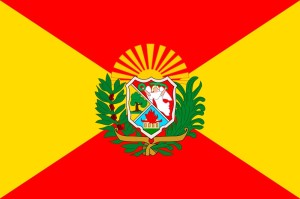 Right in the center of the country, the state of Aragua has been a strong bastion of Chavismo, with the the last Presidential election providing the latest piece of evidence.
Right in the center of the country, the state of Aragua has been a strong bastion of Chavismo, with the the last Presidential election providing the latest piece of evidence.
So, why is this state competitive in December? Because the governor is not running and the comandante presidente was forced to bring an outsider. The MUD believes it could pull off an upset here.
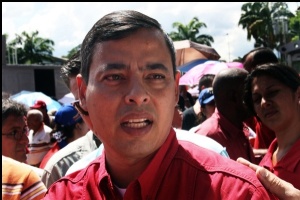
Incumbent Governor Rafael Isea, not seeking re-election
In 2008, then Finance Minister Rafael Isea was chosen to run for Governor, and won without breaking a sweat.
Four years later, his popularity was so low that even Chavistas were not afraid to show their discontent, even when Chávez himself was campaigning in Maracay.
He was unceremoniously dumped and Isea accepted, backing his replacement.
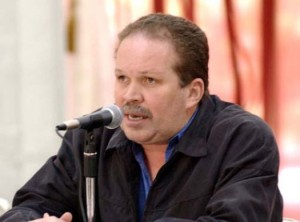
Multiple-times talanquera jumper and former governor of Aragua, Didalco Bolívar (1998-2008)
The problem for the PSUV was that there was no suitable alternative inside their local ranks. Since desperate times require desperate measures, there was talk of allowing former governor Didalco Bolívar to run again.
He jumped the talanquera with his party PODEMOS in 2007, but he was barred to run in 2008 because of term limits. He went to Peru and asked for asylum. This year, he made a deal to return and join Chavismo again, by helping them to take PODEMOS back (with help of the TSJ).
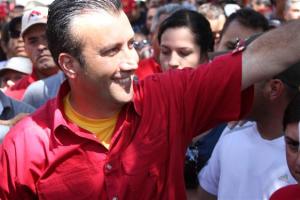
Former Interior Minister Tareck El Aissami, candidate of PSUV-GPP for Aragua
Yet, that idea was discarded for some strange reason, and the comandante presidente used his political wild card: Former Interior Minister Tareck El Aissami. The Merida-native was the first choice of the PSUV for Tachira.
El Aissami embraced the challenge and has promised that Aragua will be an example of good socialist governance. He thinks the short campaign time is enough to know the place he may soon call home.
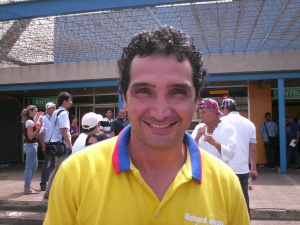
Deputy Richard Mardo, candidate of the MUD for Aragua. The photo is from last April, when I met him in Barquisimeto.
Meanwhile, the opposition elected Deputy Richard Mardo (Primero Justicia) as its candidate in the 12-F primary. Mardo lost the race for Mayor of Maracay in 2008 by 151 votes. Two years later, he won a seat in the National Assembly (Circuit # 1).
He promotes himself as the true native that knows Aragua and its problems. He considers a vote for El Aissami is a vote for Isea. His plan includes working along with municipalities and communes.
While Hinterlaces posted a huge lead for El Aissami, Datanalisis differs by showing a more competitive race (with a small lead for Mardo).
This race is a good example of the 16-D picture: Chavista candidates who are not familiar in their states but are backed by a huge machinery, attempting to seize the momentum of the 7-O. The opposition instead, lacks resources but has the advantage of having selected their candidates in open primaries.
Caracas Chronicles is 100% reader-supported.
We’ve been able to hang on for 22 years in one of the craziest media landscapes in the world. We’ve seen different media outlets in Venezuela (and abroad) closing shop, something we’re looking to avoid at all costs. Your collaboration goes a long way in helping us weather the storm.
Donate




